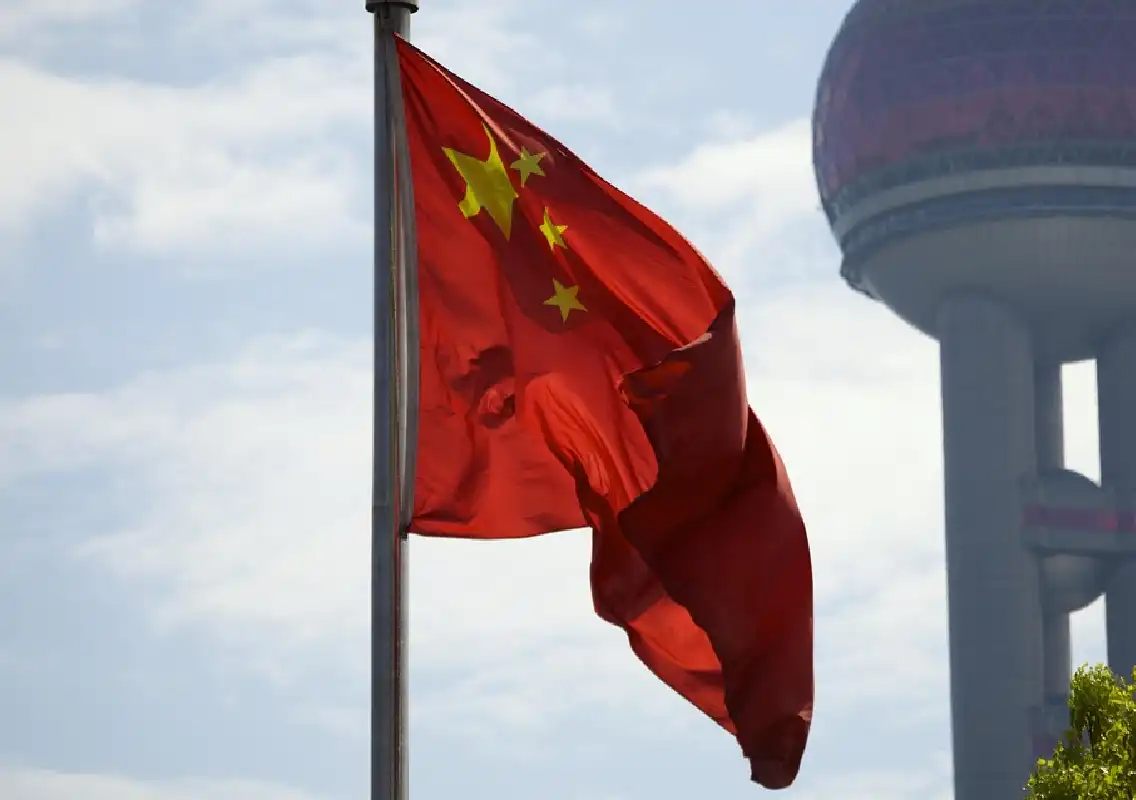By News Karnataka
Copyright newskarnataka

Beijing: New visa category aims to compete with H-1B amid tightening U.S. policies
China has announced the introduction of a new “K visa” category, effective from October 1, 2025, to attract young professionals in Science, Technology, Engineering, and Mathematics (STEM) fields. This move comes in response to recent changes in U.S. H-1B visa policies, including a significant annual fee increase, which have raised concerns among international tech professionals.
Key Features of the K Visa
Eligibility: The K visa is open to foreign “young scientific and technological talents” who have graduated from reputed universities or research institutions in China or abroad with a bachelor’s degree or higher in STEM fields. It also applies to young professionals engaged in teaching or research at such institutions.
Application Process: Unlike most work visas, applicants do not require a domestic employer or entity to issue an invitation, making the process more streamlined. Applicants must meet the qualifications and requirements set by Chinese authorities and provide supporting documents, including proof of educational qualifications and evidence of professional or research engagement.
Visa Benefits: The K visa offers greater flexibility in terms of multiple entries, longer validity, and extended duration of stay compared to China’s existing 12 ordinary visa categories. Holders will be allowed to participate in academic exchanges in education, culture, and science and technology, in addition to entrepreneurial and business activities.
Context and Implications
The introduction of the K visa is part of China’s broader efforts to make the country more open to international exchanges. Over the past few years, China has gradually relaxed entry rules, expanded visa-free access, and introduced longer visa-free transit periods. Currently, travelers from 55 countries enjoy 240-hour visa-free transit, while China has unilateral or reciprocal visa-exemption arrangements with 75 nations.
The timing of the K visa rollout is notable, as uncertainty looms over the U.S. H-1B regime following the imposition of the USD 100,000 fee on fresh applicants. Many South Asian professionals, especially from India, are reportedly reconsidering their career prospects in the U.S. China’s new visa category could open a new pathway for skilled workers seeking opportunities abroad without prohibitive costs or lengthy processes.
China’s introduction of the K visa represents a strategic move to attract global STEM talent, particularly from regions affected by tightening U.S. visa policies. By offering a more flexible and less bureaucratic route, China is signaling its intent to compete for skilled professionals in the global talent market.



